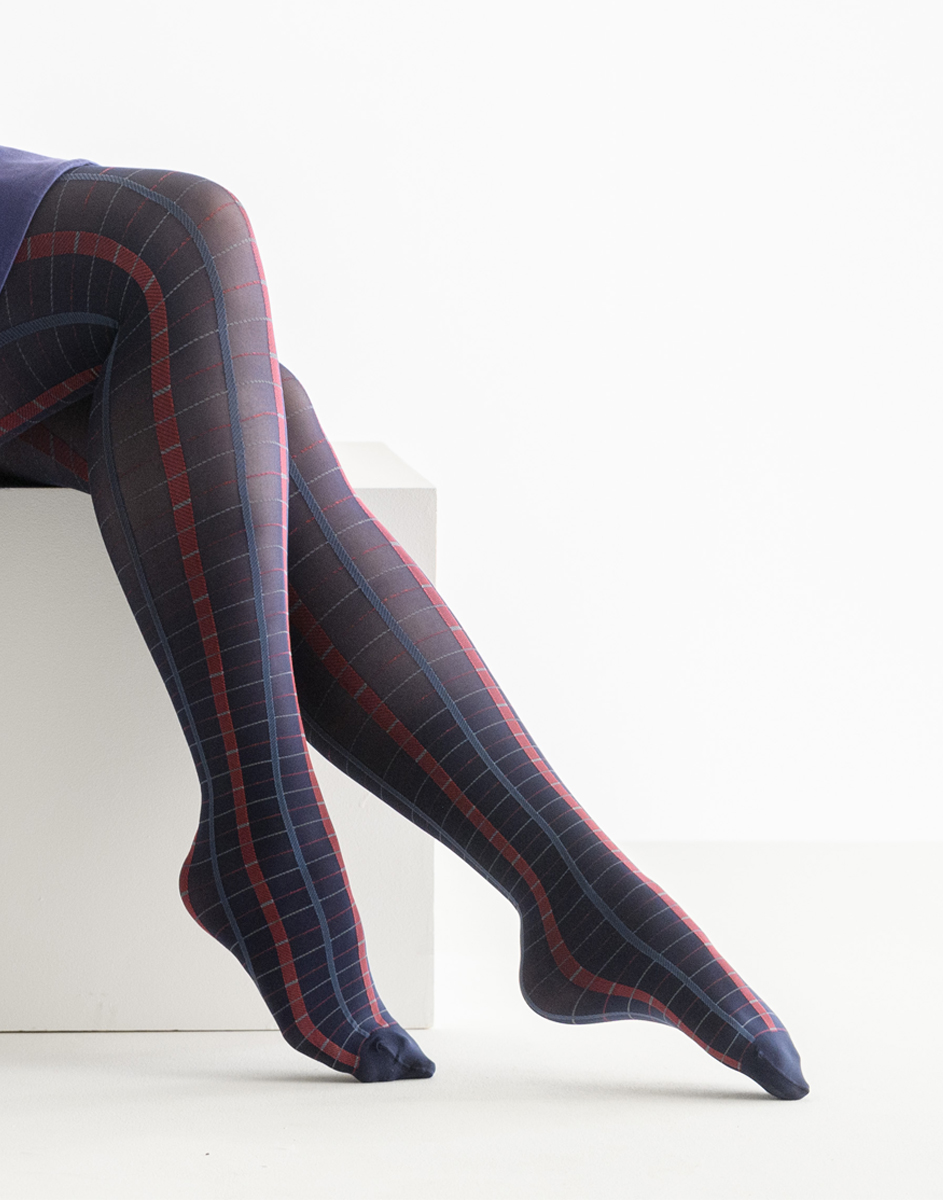Welcome to Solidea's Health & Wellness blog. Today we are going to gain an insight into a topic of great interest: how to reactivate blood flow, especially that in the legs.
Proper circulation is essential for daily well-being, yet factors such as a sedentary lifestyle, bad habits and genetic predispositions can compromise it. Let's grasp the causes, symptoms and best remedies to improve blood flow in the legs and regain lightness.
In this article we are going to discuss:
- What is the cause of poor blood flow?
- What problems does poor blood flow imply?
- What are the symptoms of poor blood flow?
- How can you tell if you are affected by microcirculation diseases?
- How to reactivate blood flow in the legs: useful remedies and recommendations
What is the cause of poor blood flow?
Poor blood flow can result from a sedentary lifestyle, poor dietary habits and the natural aging process. When blood flow slows down, it becomes difficult for blood to reach peripheral tissues, such as those in the legs. This can be worsened by conditions such as venous insufficiency, fluid retention, being overweight and smoking.
Slowed circulation can reduce oxygen delivery to tissues, causing metabolic waste buildup and an overall feeling of numbness as well as swelling. Paying attention to these factors is the first step to favour blood flow and microcirculation just as to prevent complications.
What problems does poor blood flow imply?
Poor circulation can have a significant impact on your daily well-being. It is often associated with swollen legs, an uncomfortable feeling of heaviness and fatigue, which tend to worsen after long periods of standing or sitting. The slowing of blood flow can raise the risk of developing noticeable varicose veins and capillaries, often linked to chronic conditions such as venous insufficiency.
Inadequate blood supply to the tissues can also cause the loss of skin elasticity, making the legs more vulnerable to irritation and minor trauma. Early intervention helps improve the health of the legs.
What are the symptoms of poor blood flow?
Recognizing the symptoms of poor circulation is essential to intervene quickly. Among the most widespread body signs we find:
- Tingling or numbness, which may indicate reduced blood flow to tissues.
- Constant cold feet, even in warm environments.
- Alteration in skin colour, such as paleness or bluish tinge.
If you recognize these symptoms, it is advisable to consult a physician for an accurate diagnosis and to identify the most suitable treatments.
How can you tell if you are affected by microcirculation diseases?
The microcirculation is the network of small blood vessels that brings oxygen and nutrients to the tissues and drains excess fluids. When it does not work properly, swelling, especially in the feet and ankles, chronic fatigue and a feeling of heaviness in the legs can occur. A compromised microcirculation can also increase the risk of water retention and lymphatic stagnation, causing further discomfort.
If you recognize signs such as visible capillaries, redness or a loss of elasticity, it is important to intervene to improve microcirculation. Changing some daily habits and wearing compression items can make the difference.
How to reactivate blood flow in the legs: useful remedies and recommendations
Enhancing blood flow in the legs is possible through some simple healthy habits. Regular physical activity, such as walking for at least 30 minutes a day, boosts blood flow and favors venous return. Wearing compression garments, such as Solidea graduated compression hosiery items and leggings, can also help reduce swelling, improve microcirculation and prevent more serious diseases such as varicose veins.
Another effective remedy is represented by draining massages, which help to increase lymphatic drainage and reduce fluid build-up. You can apply specific creams during massages to enhance their effect. In addition, maintaining proper hydration and following a balanced diet rich in fruit, vegetables and antioxidants helps to ensure blood vessels elasticity and improve blood flow.
Finally, performing targeted exercises, such as leg lifts and stretching, is a simple yet extremely effective routine to boost blood flow in the legs and prevent any discomfort.







